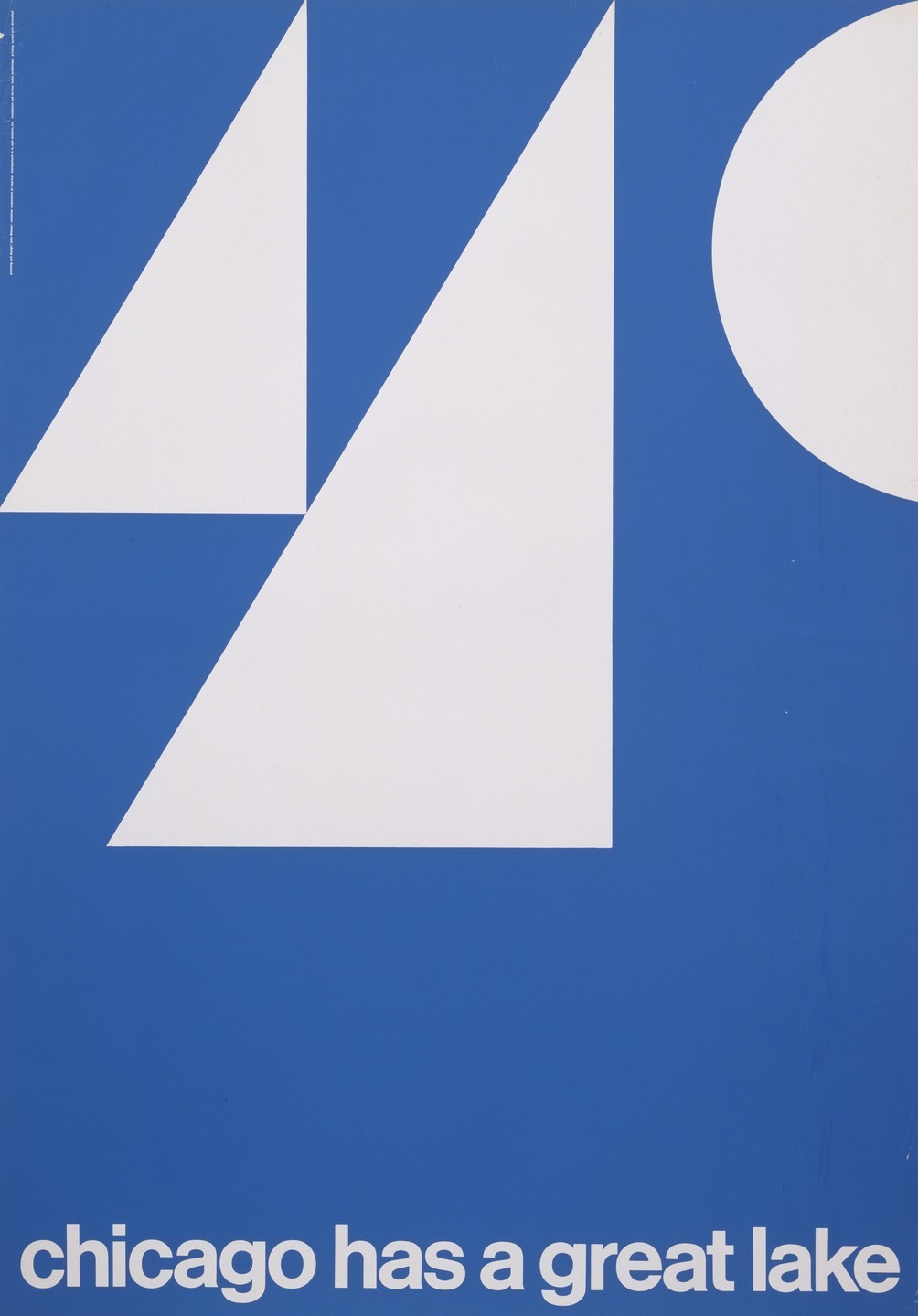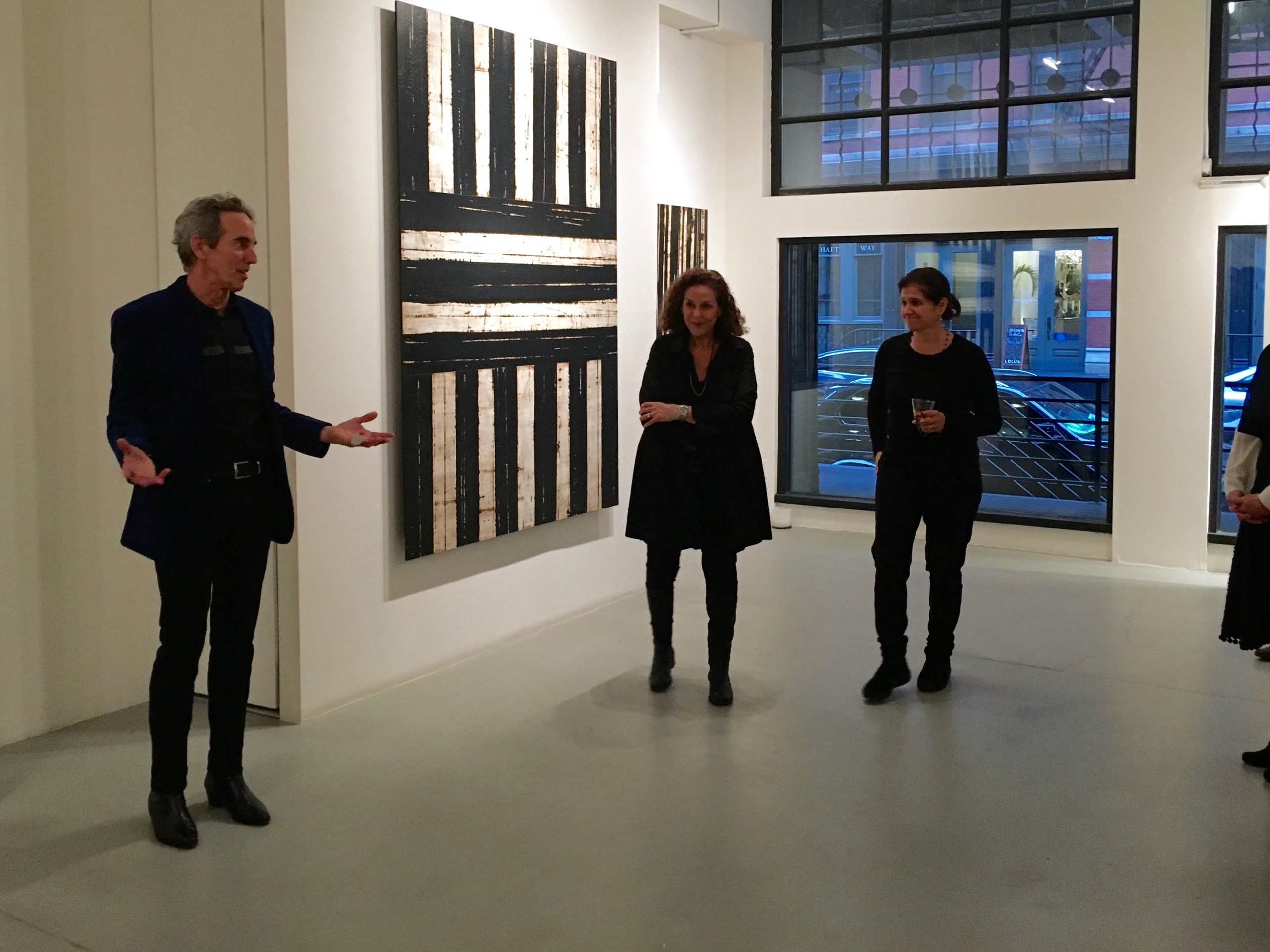When Past Forward: Architecture and Design at the Art Institute opens on Sept. 12, visitors are in for an all-encompassing experience in modern design.
It’s slated, properly enough, for Renzo Piano’s light-drenched Modern Wing, where the installation design literally shifts the grid with a series of diagonal walls that play off the building’s orthogonal geometries.
“The walls stop you in your tracks and guide you and create dynamic spaces,” says Zoe Ryan, curator of architecture and design. “Architecture is a social experience and we wanted it to feel that way, so that visitors understand that section, what the issue is, and what time period it’s in.”
The exhibition opens at the right place, with Daniel Burnham’s 1909 Plan of Chicago front and center. “It’s an issue of scale – how it’s impacted us, how we experience streets and parks, and what it means to develop a plan for a city,” she says.
Next up: Creating American Modernism, from Louis Sullivan to Frank Lloyd Wright. “We’re thinking about how these architects were understanding how to take ideas from Europe and apply them in the U.S.,” she says.
Then, Design for Wartime. It’s about the influence of WWII on making things, with Bruce Goff as an alternative modernist and shedding light on people less well known. “He wanted to create his own version of modernism,” she says.
All the way through the exhibition, from 1900 to the present, Ryan and her staff were delving into the Art Institutes’ collections, picking up Piano’s drawings for the new wing, and posters like John Massey’s Chicago Has a Great Lake.
There’s material exploration, identity, and animal rights, with a bench that looks like cow but with its head and feet chopped off. “It’s made of cowhide with wrinkles and scars on the hide, she says. “So the question is about what it is to use animal skins.”
As noted in yesterday’s post, this is the Art Institute’s first permanent exhibition for a collection of architecture and design that Ryan and staff have been working on adding to and refining for a decade. It will not be inflexible, however. “It will never really close,” she says. “We’ll stagger the installations – the first rotation is in January.”
So those who live in the city of the broad shoulders – and those who visit – are in for an education, and a treat.
For more, go here.
[slideshow id=1823]


